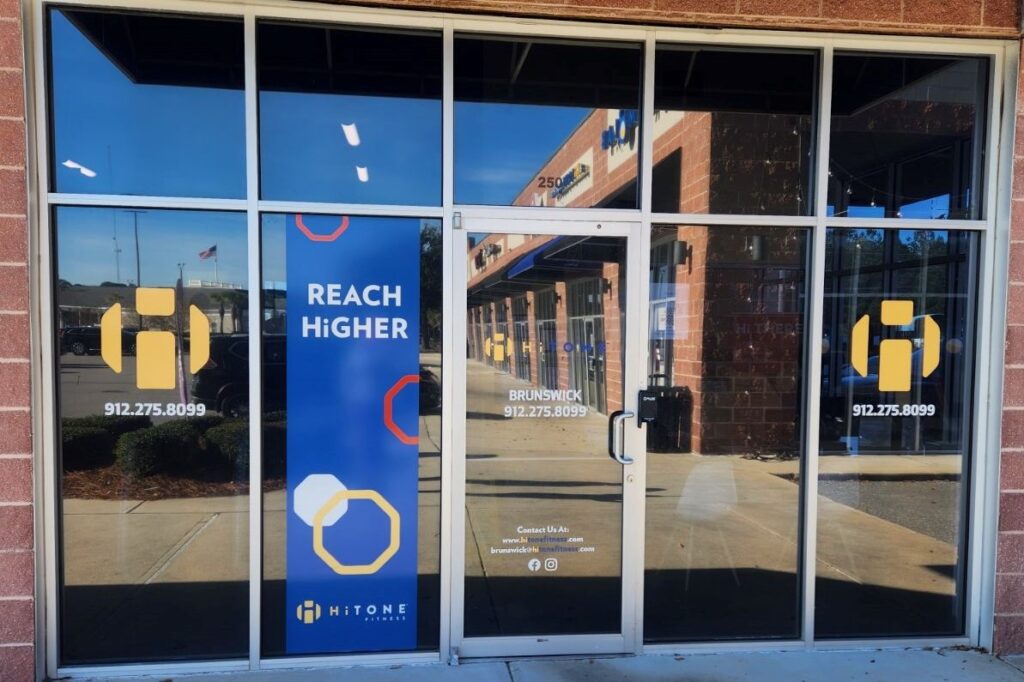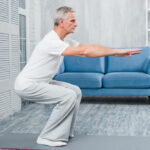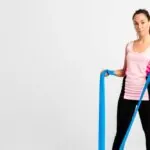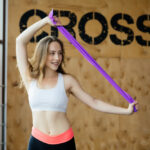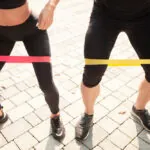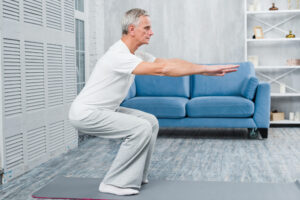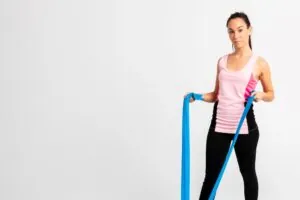Let’s dive into a topic that often gets overlooked but is absolutely essential for your fitness progress: recovery. Whether you’re hitting the weights hard, sweating it out in a cardio class, or trying out a new workout routine, giving your body time to rest and repair is key to seeing results and avoiding burnout. So, grab a protein shake, kick back, and let’s chat about why recovery is a game-changer for your fitness journey.
Why is recovery important?
When we talk about recovery, we’re not just talking about chilling on the couch (although that’s definitely part of it!). Recovery encompasses all the actions you take to help your body bounce back after a tough workout.
During rest periods, magical things happen in your body. Your muscles repair and grow stronger, energy stores replenish, and your central nervous system gets a chance to reset. Essentially, recovery is when your body adapts to the stress you put it through during exercise, making you fitter and stronger in the process.
Proper recovery isn’t just about feeling good – it’s crucial for preventing injuries, boosting performance, and maximizing muscle growth. By giving your body the time it needs to recover, you reduce the risk of overtraining and burnout, allowing you to push harder and see better results in the long run. So, next time you’re tempted to skip that rest day, remember that recovery is the secret sauce to leveling up your fitness game.
Active vs. passive recovery
Active recovery involves engaging in low-intensity activities that promote blood flow and help loosen up muscles without adding additional stress. Think of it as giving your body a gentle workout rather than hitting it hard. Activities like light walking, yoga, swimming, or cycling at a leisurely pace are great examples of active recovery. These activities can help reduce muscle soreness, improve flexibility, and enhance overall recovery without putting too much strain on your body.
On the flip side, passive recovery is all about, well, chilling out. This means giving your body time to rest and recuperate without engaging in any physical activity. Examples of passive recovery techniques include getting a good night’s sleep, taking a nap, or simply lounging on the couch. While it may not feel as productive as hitting the gym, passive recovery is essential for allowing your body to repair and rebuild after intense workouts.
Both active and passive recovery have their place in a well-rounded fitness routine, so don’t be afraid to mix it up based on how your body is feeling.
The role of sleep
During sleep, your body releases growth hormone, which is essential for muscle repair and growth. Not to mention, sleep is when your body goes into full-on recovery mode, repairing tissues, regulating hormones, and boosting overall immunity.
Without adequate sleep, your body simply can’t perform at its best, leading to decreased exercise performance, increased risk of injury, and slower recovery times.
So, how much sleep do you need? While it varies from person to person, aim for 7-9 hours of quality sleep each night to reap the full benefits of your hard work in the gym.
Take your recovery to the next level
At HiTone Fitness Brunswick, we believe in taking your recovery to the next level. That’s why we offer our members unlimited access to cutting-edge amenities like the Hydro Massage Bed and Red Light Therapy to supercharge their post-workout recovery routine.
The Hydro Massage Bed provides a relaxing and rejuvenating experience, using water pressure to target sore muscles and improve circulation. It’s the perfect way to unwind and speed up muscle recovery after a tough workout. On the other hand, Red Light Therapy harnesses the power of red and near-infrared light to reduce inflammation, promote healing, and boost recovery at the cellular level.
The hydro massage bed is one of the steps of fitness evolution at our gyms.
Ready to experience the ultimate recovery tools for yourself? Claim a 3-day free pass at HiTone Fitness Brunswick and discover the benefits of Hydro Massage Bed and Red Light Therapy firsthand.

